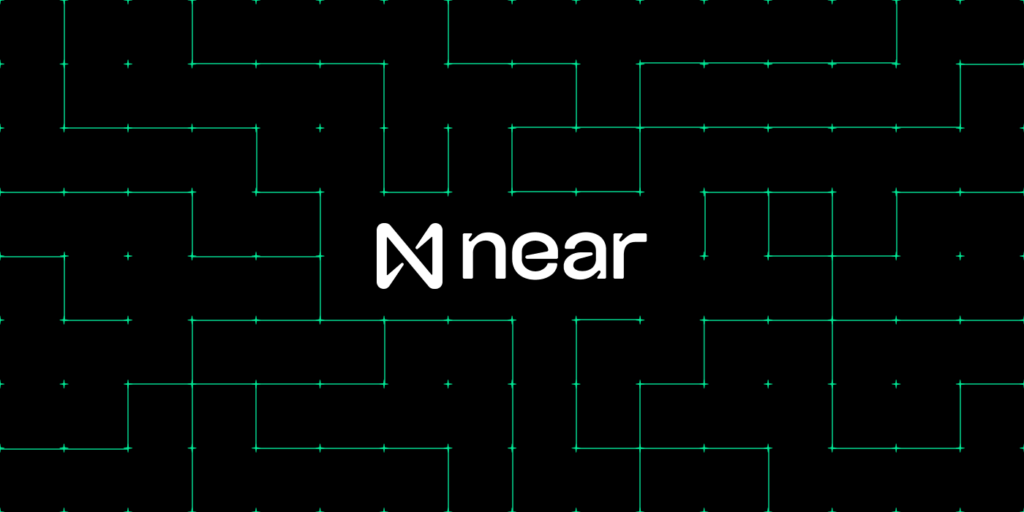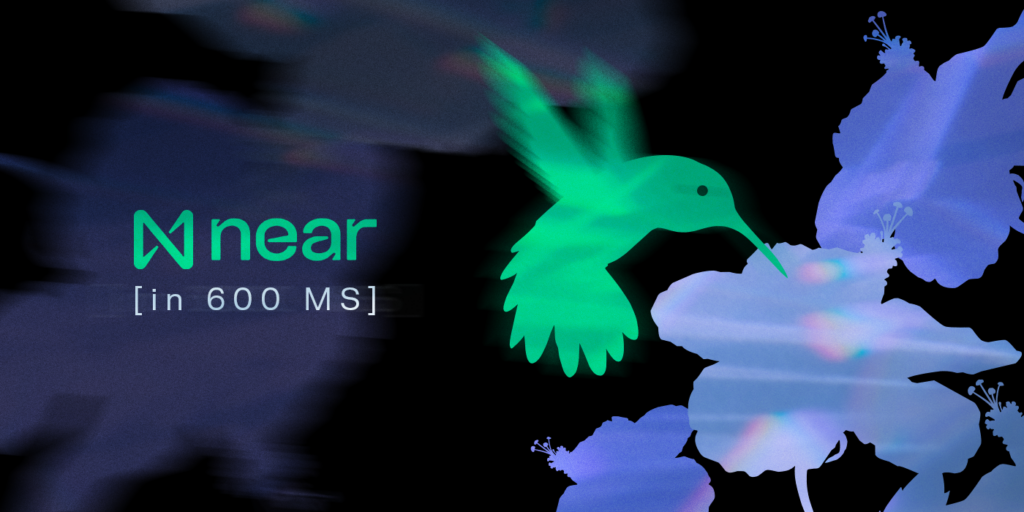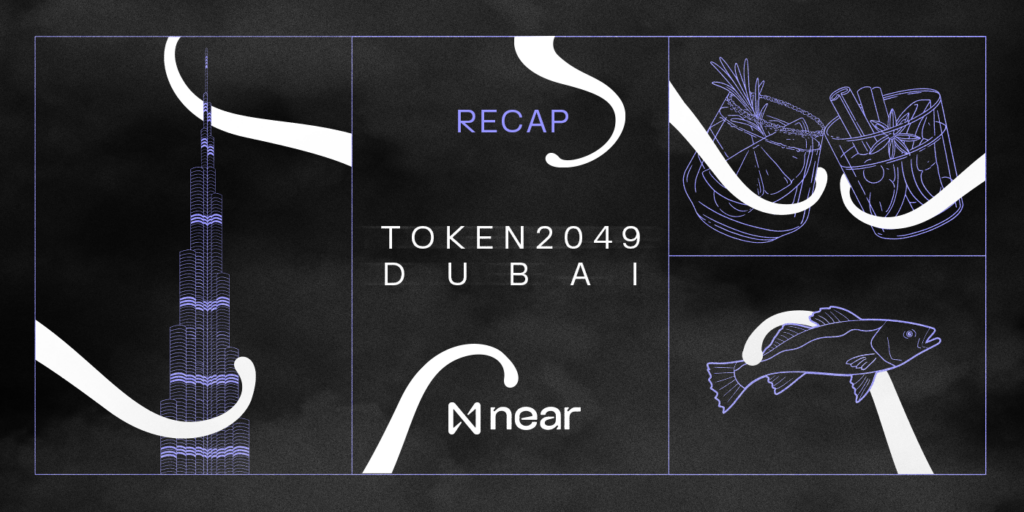Berry Cards: a DeFi NFT Marketplace for Pixel Art
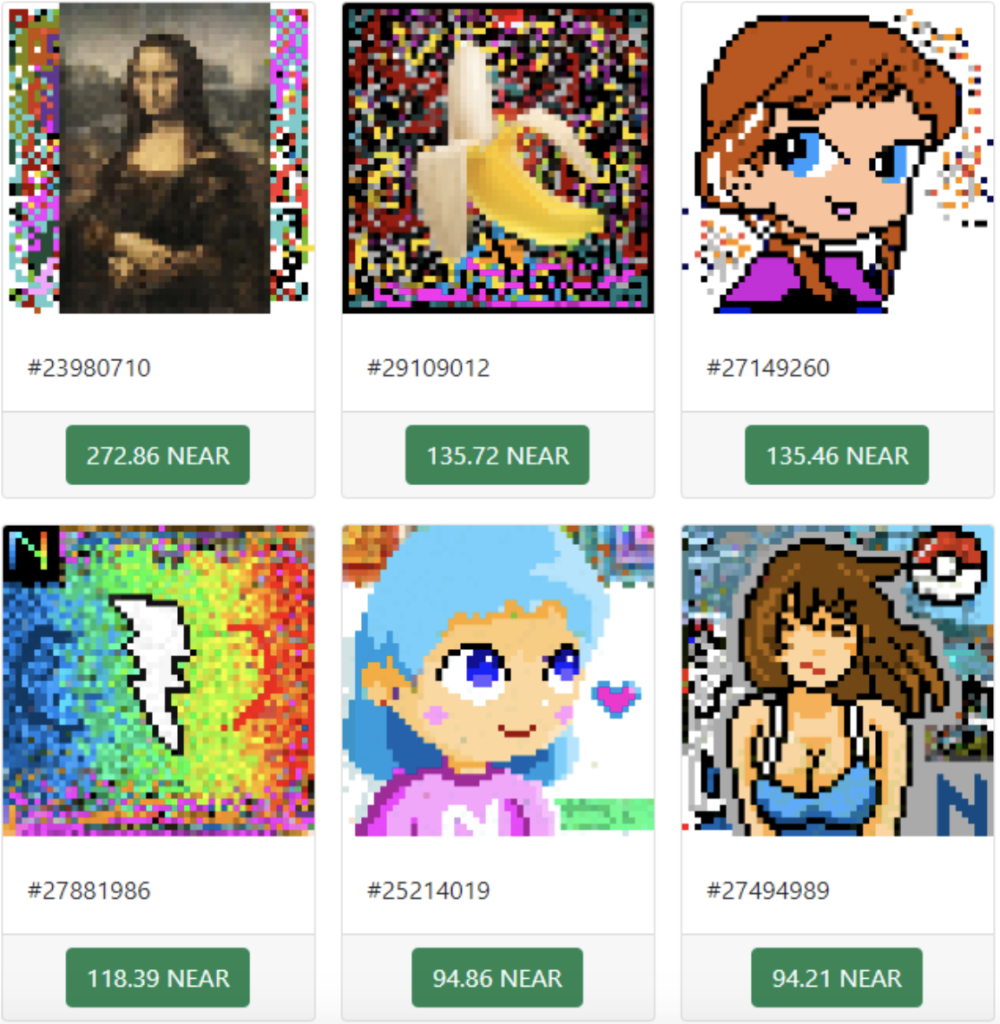
What are Berry Cards?
Berry Cards is a marketplace for pixel art NFTs, which runs on the NEAR protocol, allowing people to buy artwork created with Berry Club. People buy the cards they like using NEAR, and then sell those cards again on the marketplace. However, Berry Cards has a number of features that separate it from other NFT marketplaces.
Dynamic pricing
For starters, owners of an NFT are not able to set a price for their work; instead, Berry Cards does it for them, using a number of methods. An individual pixel art (AKA a Berry Card) first gets its value by people voting on which art they prefer. Everybody with a NEAR wallet is able to sign into Berry Cards and begin voting on which cards they prefer. By going to the homepage, a user will be presented with two random cards and will be prompted to pick the one they like best. The card they choose will then increase in value by 10%, while the other card will lose value by 10%. This is a simple and elegant way of creating fair prices for NFTs as it reflects what the community as a whole considers most valuable, rather than one person. It is “voting with your wallet” in the most literal sense.
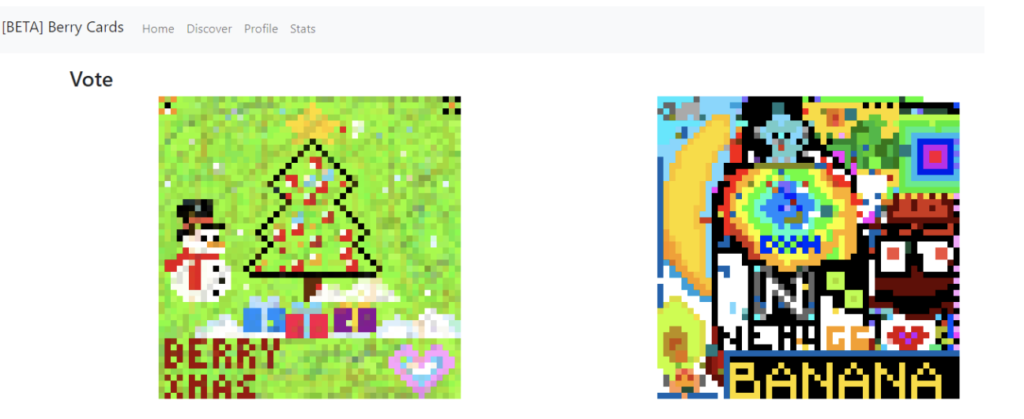
Each Berry Card is a shared board
Berry Cards are not made by one individual person, but rather they are designed by a community of people all working together. Berry Club users collaborate on individual cards by organizing themselves using individual chatrooms, where they discuss what changes they would like to work on together, and what designs they would like to make. This encourages a sense of unity among users. It also makes Berry Cards more special, as it means that multiple people have worked on them, and will continue to work on them indefinitely. This is one of the reasons why no individual person is able to set the price for a Berry Card, because Berry Cards are community-driven, and so it would be unfair for one person to set the price, rather than letting the community itself set the price.
People are able to add pixels to a project on Berry Club by using avocados, a token that runs on the NEAR network. As of writing this article, 1 NEAR = 250 avocados. When you use (or plant) these tokens onto a piece of work, you can earn a yield each day (more info on yield farming with Berry Club can be found here).
Berry Cards cannot be taken off the market
Unlike marketplaces like OpenSea, you cannot take the Berry Cards you have bought off the marketplace. Instead, after buying a Berry Card, it is automatically re-added to the marketplace, but with its price increased to reflect your purchase. This is because Berry Cards are not about ownership of rights, but rather about engaging with a community, and earning profits while you do so. When you buy a Berry Card, the majority of the money goes to the previous owner, although 10% of the money will go to the art DAO, with a 1% commission also going to the application itself. The art DAO is an important part of the NEAR ecosystem, where the profits handed to it are then used as an incentive to bring onboard new artists to Berry Cards and other NFT marketplaces which use the NEAR network. After the card is bought, the price of the card rises by 20%, so if somebody was to buy your card from you, you would then make a profit.

I tried this out for myself, by purchasing a Berry Card which costs 2.41 NEAR. This card had a previous owner, and so they got the majority of those profits, although the Art DAO also got 10%. Afterward, the card got re-added to the marketplace with a new, higher, price of 2.89 NEAR. If somebody buys that card off me, then I would get 2.57 NEAR. This might not seem like a lot, but those profits rise significantly when looking at more expensive cards, and if the value of NEAR rises, then those profits would also increase. *Note – the price of a card can increase or decrease by people voting on it.
Another reason why Berry Cards cannot be taken off the market is because they are always live. Even when you buy a card, people over at Berry Club can still edit that card by using their avocados to add pixels. To take the card off the market would be to harm the community as a whole, which goes against the project’s design philosophy of connectivity and unity.
Cards owned by nobody
If you explore the Berry Cards marketplace, you will find that many cards are not owned by anybody. These are cards created by Berry Club, but which nobody over at the Berry Cards marketplace has purchased yet. By default, these cards belong to the Art DAO, and so if you purchase them, 99% of the profits go to that account, which is then used to support other artists, and 1% goes to the app commission, which is used to keep Berry Cards running and keeps contracts funded.
Why use Berry Cards?
There are several things that make Berry Cards appealing to crypto, blockchain, and NFT fans. NEAR’s scalability and cheap transactions allow for deeply interactive projects, like Berry Cards and Berry Club, to exist. Both of these projects encourage a great deal of user-activity and input, two things that Ethereum simply cannot handle at the moment. This means that people can confidently use Berry Cards with the knowledge that it will always be user-friendly and efficient, both for traders and for creators over at Berry Club. The knowledge that these projects will stay cheap and fast is a strong incentive for people to explore them with the confidence that they are future-proof.
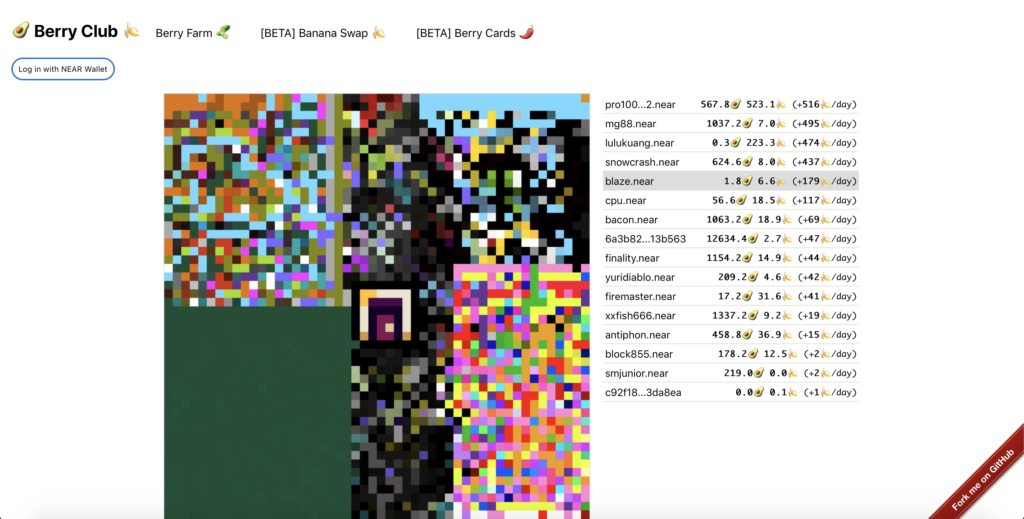 Berry Cards are fair
Berry Cards are fair
Another positive of Berry Cards is its fairness of pricing. If you take a quick look at places like OpenSea, and other NFT markets, you will see a plethora of art that seems overpriced compared to what the art actually looks or sounds like. This is largely because people are hopping onto the NFT bandwagon and setting their work extremely high with the hopes that newcomers will be duped into paying for it so they can make a profit, too. However, Berry Cards prevents this from happening by dynamically pricing its work, where users of Berry Cards help to set the price of each piece. This means that everything is algorithmically and mathematically priced. It might have the fairest pricing system of any NFT marketplace I have come across.
A final major reason to use Berry Cards is that it is designed to support the digital art community. As mentioned above, 10% of earnings from any card purchase go to the Art DAO (or if nobody owns the card, then 99% goes there). The funds being held by the Art DAO are then used by NEAR developers to put money into the growing NFT market, and encourage artists to participate in the world of NFTs. So, by buying and selling Berry Cards, you are actively supporting the digital art community.
Final Words
Berry Cards is one of many innovative NFT projects running on NEAR. By allowing people to buy and sell community-driven pixel art, using its funds to help artists, and setting its prices dynamically via user participation, it is creating a project that supports the art world, encourages collaboration, and sets fair prices for its content. It is an innovative and creative project that shows the world just how efficient and cost-effective the NEAR protocol is.
If you’re a developer who wants to see what building on NEAR is all about, check out the NEAR documentation to get started.
Share this:
Join the community:
Follow NEAR:
More posts from our blog
